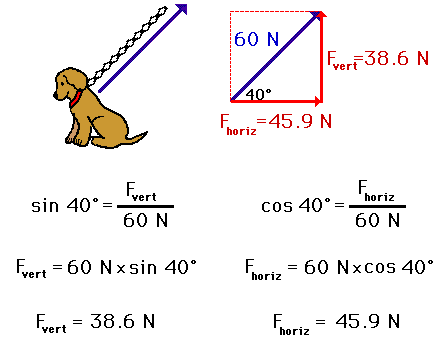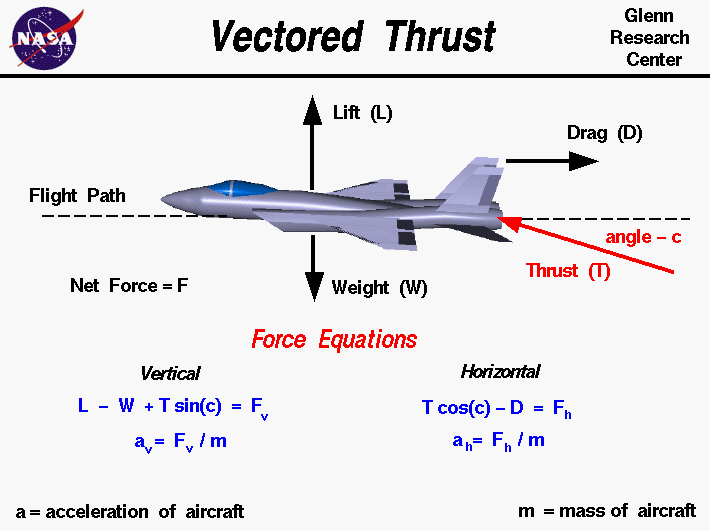Engineer
Major
Re: J-20 The New Generation Fighter Thread IV
The said Flanker wasn't turning as fast as the F-15 opponent, so the pilot engaged TVC. Instead of actually making the aircraft turns faster, the pilot lost as a result of using that TVC. The same thing happened with F-22. Thrust vectoring does the exact same thing as a tail plane does during a turn, which is to pitch the aircraft's nose up to larger AoA. The difference is that a tailplane can become ineffective at certain flight conditions, whereas thrust vectoring works regardless of those conditions. So, TVC doesn't actually make the aircraft turns faster. All TVC does is make sure pitch-authority is there to commence a turn.1Come on eng, that vid is bogus and you know it, a Flanker with OVT, has a higher turn RATE, than a Flanker without OVT, and the Eagle driver is illustrating their one kill on a Raptor, and the unfortunate IAFs inability to fight their aircraft, but they did learn and were a lot tougher on the second go around, which is why Red Flag works.
No. The animation shows the aircraft with TVC has large AoA changes, but the arc trajectory made by the aircraft during the turn is the same. The author's own words on his are as follow:2 You're little automation actually proves that OVT does work as your two little aircraft near the edge of the page, the OVT aircraft has a perfect lead on the non-OVT bird and is positioned perfectly for a gun shot or missle shot, nice work ace! Brat
At these speeds, TVC-equipped aircraft (lower one in animation) actually turns at same rate as non-TVC aircraft; however, TVC increases angle between aircraft and air flow around it (Angle of Attack, abbreviated AoA), resulting in increase in drag for no decrease in diameter of turn (that is, maneuverability), resulting in increased energy loss during maneuvers, leaving aircraft more and more vulnerable to missiles and gunfire as fight drags on. In short, aircraft does not fly in direction its nose is pointing at.
Last edited:


